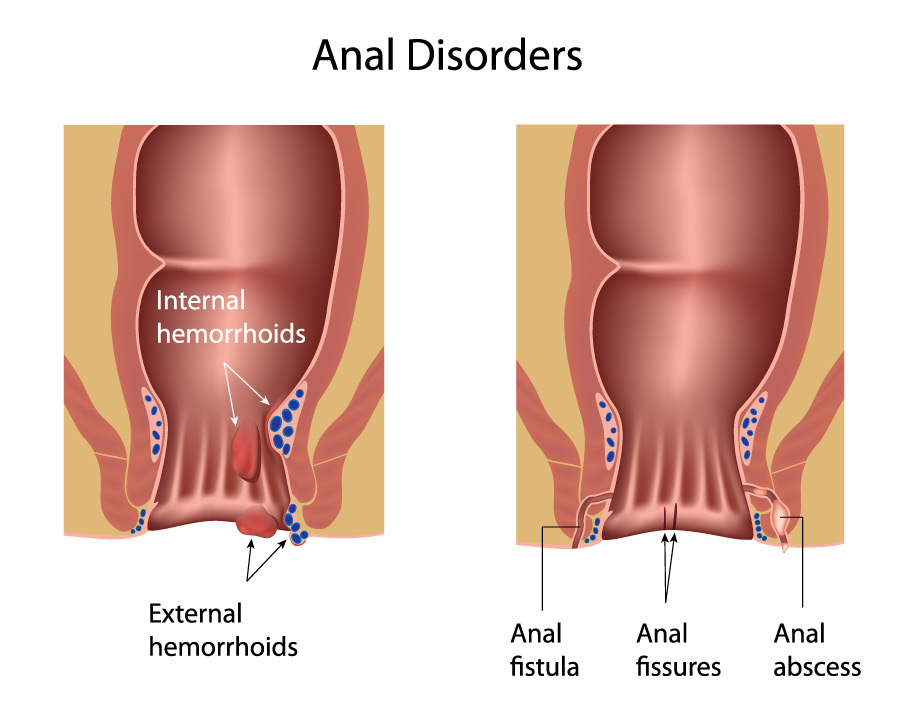Fitsula and Fissure
Fitsula and Fissure
A fistula is an abnormal connection or passage between two organs, vessels, or structures in the body that normally should not be connected.
Common examples include:
Anal fistula: a tract between the anal canal and the skin.
Arteriovenous fistula (AVF): a connection between an artery and a vein (sometimes created surgically for dialysis).
Causes: infection, surgery, trauma, or diseases like Crohn’s disease or tuberculosis.
Symptoms: discharge of pus or stool (if external), recurrent infections, or passage of fluid where it shouldn’t be.
Fissure
A fissure is a small tear, crack, or groove in tissue, often along natural lines or folds.
Common examples include:
Anal fissure: a small tear in the lining of the anus, often from passing hard stools.
Brain fissures: natural deep grooves in the brain separating lobes (e.g., Sylvian fissure).
Skin fissures: cracks in dry skin.
Causes: trauma, constipation, straining, dryness, or anatomical structures.
Symptoms: pain (especially during bowel movement in anal fissure), bleeding, or visible crack.
✅ Key Difference:
Fistula = abnormal passage/connection between two surfaces.
Fissure = crack, tear, or groove in tissue.

